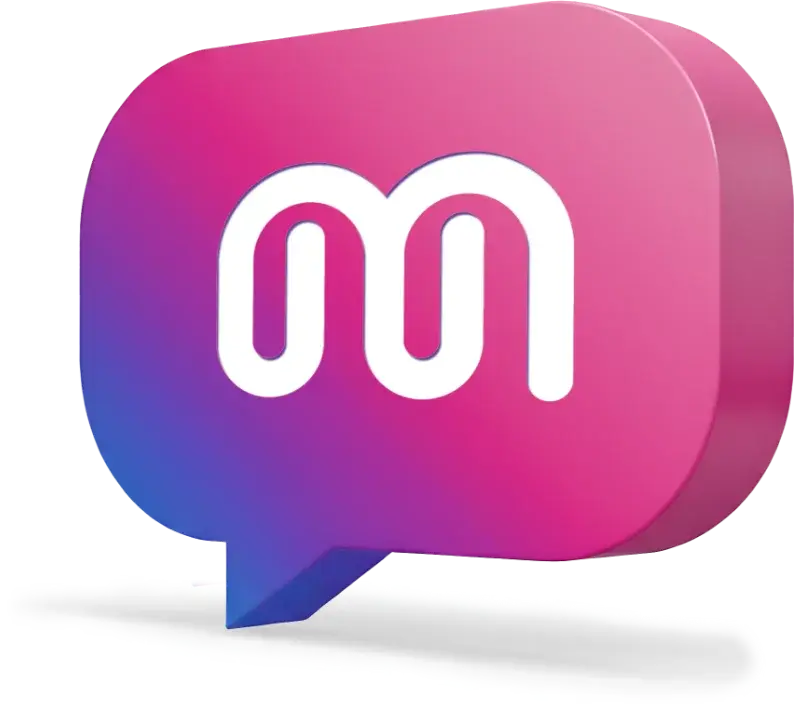SECTION
Finding Your Hidden Ambassadors: Data-Driven Ways to Spot Informal Leaders

Listen to this article:
Every workplace has people who quietly guide, inspire, and influence others without having a formal title. These informal leaders (also known as hidden leaders or workplace ambassadors) are trusted voices who carry credibility and keep teams aligned.
However, many companies fail to see them and reward them accordingly. Leadership programs often focus only on visible high performers, leaving hidden talent in organizations overlooked.
Having workplace ambassadors can be a true competitive advantage. So, how do you spot and empower these informal leaders? Read along to find out!
Why informal leaders matter
You’re probably thinking that informal leaders are nice to have or are only present in big companies with excellent reputations on the market.
Or, like any other person, you have your own biases and think they present themselves in a certain way. Sometimes, racial, gender, or other biases keep those underappreciated leaders hidden.
Let me change your perspective.
Hidden ambassadors can be your next generation of business leaders. Here are the main reasons informal leaders matter:
- They naturally embody company values and shape the company culture;
- They can change perspectives easily and help others adopt new initiatives faster;
- By reinforcing them, you show that all contributions count, not just those from visible high-fliers.
Organizations that identify and support these informal leaders can:
- Expand their leadership pipeline with diverse talent;
- Improve employee engagement and retention;
- Reduce costly external recruitment expenses;
- Contribute to creating an inclusive culture, with diverse career paths & backgrounds;
- Boost productivity, since inspired employees go above and beyond.
Most companies stick to the most visible candidates, focusing on high performers who are already in the process of development.
By definition, hidden leaders won’t show up on formal career growth plans. Without actively looking beyond the obvious, you might miss the ones who hold everyday influence and serve as culture carriers.
Why hidden leaders stay invisible
If hidden talent is so valuable, why do many informal leaders remain unseen?
There are several reasons for this, but in general, most companies have standard career development plans and traits they expect from a leader. If certain people don’t fit the criteria, they might go unnoticed.
Below are the most common reasons hidden ambassadors get overlooked:
1. Complex organizational structures hide talent
In large or global organizations, strong contributors can get lost. Quiet employees are often overshadowed by louder personalities, even when they have greater influence.
Complex organizational processes, overworked or disengaged managers, or too many business units can contribute to making them less noticeable than more assertive individuals.
2. Bias in leadership selection
Unconscious bias related to gender, ethnicity, age, or accent can prevent organizations from spotting true leadership potential.
Employees with nontraditional career paths, such as caregivers returning from maternal or paternal leave, are also too often sidelined.
Although most organizations try to promote diversity and inclusion, the majority of managers still see leadership potential in those who look and behave like them.
3. Narrow leadership definitions
Executives sometimes assume they know what a “leader” should look like. This narrow leadership lens excludes grassroots influencers and those whose achievements don’t match the corporate mold.
Data-driven & proactive ways to identify informal leaders
Now that you know who they are, why they are important, and why they go unnoticed, it’s time to take action and identify them.
Finding hidden leaders requires more than intuition. It demands a blend of data-driven leadership analytics and proactive strategies for uncovering workplace influencers. Here are three proven methods:
1. Spotting (active search)
This is a systematic, data-driven approach to discovering hidden ambassadors:
- Use HR analytics to examine collaboration data, recognition trends, and peer feedback;
- Apply organizational network analysis (ONA) to see who builds connections across teams;
- Review employee surveys to identify trusted voices.
☝ Example: Financial institutions run structured talent reviews to surface hidden leaders. Tech companies like Google analyze collaboration networks to identify employees who act as connectors.
2. Inviting (self-nomination)
Another proven and tested method is the inviting one, which creates opportunities that allow hidden talent to emerge without forcing them to compete against louder voices. Examples include:
- Recognition programs that highlight cultural ambassadors;
- Temporary leadership roles, such as “acting manager” projects;
- Programs that highlight introverts or early-career professionals who may not naturally self-promote.
3. Surfacing (peer networks)
Another helpful and accessible method is to ask for employee feedback. Peers often know who the real influencers are. To surface them:
- Conduct peer-nomination surveys asking who employees trust and turn to for advice;
- Use recognition platforms that track repeated peer mentions;
- Map collaboration on tools like Slack, Teams, or project software.
☝ Example: After mergers, organizations have used peer trust surveys to identify cultural ambassadors who unify teams across divisions.
How to activate your hidden ambassadors
Identifying informal leaders is the first step, but real value comes from empowering them and giving them the space to shine. Here are a few easy ways to set the stage:
- Involve them in change initiatives so they can influence adoption;
- Recognize their contribution and validate their role;
- Offer them leadership development programs to help them prepare for formal roles;
- Empower them to embody and spread values throughout the organization.
Your next leader might already be in the room
Formal leaders may set direction, but informal leaders carry the culture, build trust, and influence daily behavior. Focusing only on visible high-performers leaves too much potential unnoticed.
The solution is to be present, pay attention to your people, and use data to find informal leaders. A company culture software like Mirro can be your data partner. Here’s what you could access:
✅ Determine who lives by the company values the most;
✅ Find informal leaders, people connecting multiple teams, the ones involved in driving the organization forward;
✅ Identify the employees who receive most frequent and positive feedback from peers and managers;
✅ Find people who drive recognition.
Your next culture carrier is already influencing your teams. The question is, are you looking in the right places to find them? Let us know if you need any assistance finding internal ambassadors by booking a free demo.






